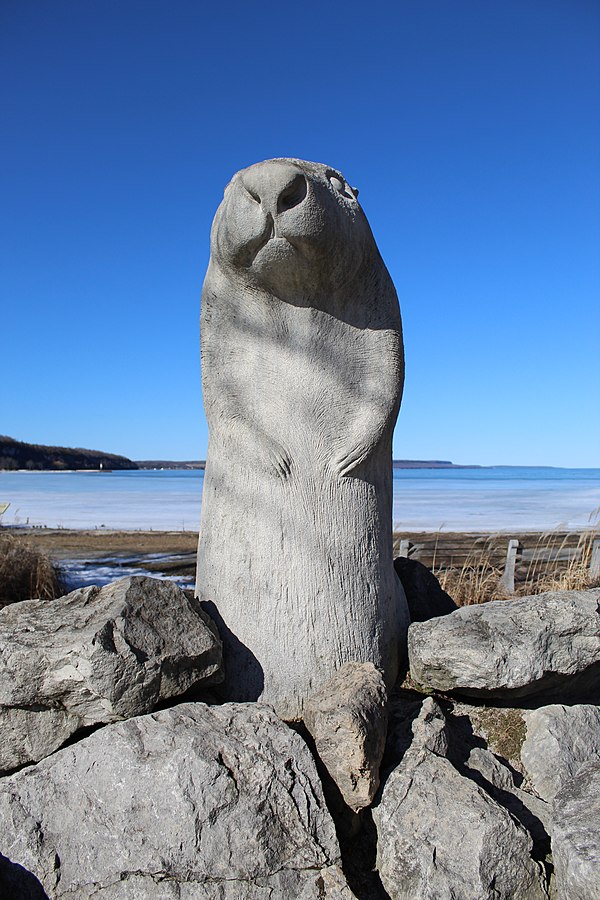Of all the special days which are celebrated over the course of a year, very few are as strange or seemingly unintuitive as Groundhog Day, an event where millions of people around the world turn to a rodent for weather predictions. While it may seem nonsensical (because it is), this tradition has roots dating all the way back to the 5th century, in Medieval Europe.
Before Groundhog Day, there was Candlemas, a Christian holiday celebrated on February 2nd, marking the date on which Mary is said to have visited the Temple of Jerusalem 40 days after the birth of her son Jesus. The occasion was celebrated with a festival where many candles were lit, hence the origin of the name Candlemas.
Following Candlemas’s ascension in popularity throughout the 5th century, many adages came into being which related to the predictive powers of the day in terms of weather. For example, one Scottish song from the time goes as follows: “If Candlemas be fair and bright, Come Winter, have another flight. If Candlemas brings clouds and rain, Go Winter, and come not again.”
The entrance of groundhogs into the equation actually happens much later as the first Europeans to colonize North America arrived. Hibernating animals such as the groundhog were often used as indicators that winter was coming to an end when they emerged from their dens.
However, it would be a long time before groundhogs’ shadows were used to make weather predictions, with the first instance of this being among German settlers in Punxsutawney, Pennsylvania, in 1887. The predictions follow from the idea that if the day is sunny—thus allowing the groundhog to see its shadow—winter will stay for longer, and if there is rain or clouds—preventing any visible shadow—then spring will begin.
The European origins of Groundhog Day explain why it occurs on February 2nd, despite winter in Canada not usually ending until March. As a result, Canadian groundhogs such as Wiarton Willie, Ontario’s marmot of choice, are woken up early from their slumber to make predictions. This, along with the handling and human attention on the animals that goes with the tradition, has drawn criticisms from some animal rights groups, with PETA recommending that Punxsutawney Phil be replaced by an animatronic hedgehog which could actually predict weather.
Wiarton Willie is an albino groundhog from Wiarton, Ontario, which has been used as part of the celebration in Ontario since 1956. Of course, there have been many Wiarton Willies, given the animals lifespan of fourteen years in captivity (six years in the wild). The rodent attracts thousands of fans every year, and in past years has been accompanied by a full festival. This year, Willie predicted an early Spring during a fully virtual event.
While many may hope that this prediction is accurate, Wiarton Willie has not historically been an effective guesser, with his predictions coming true only 32% of the time between 1999 and 2020, according to a study conducted by University of Waterloo. They also noted, however, that his accuracy has been slowly improving. The researchers attribute this global warming creating both cloudier skies and warmer temperatures, associated with an early Spring.
All in all, while the scientific accuracy of Groundhog Day is at best doubtful, it remains a popular occasion all over North America and the world, and perhaps serves as a reminder that not everything needs to be serious. Sometimes, it’s fine to just have some fun and let a rodent do the weather.
Sources:
Groundhog Day in Canada: https://www.thecanadianencyclopedia.ca/en/article/groundhog-day
Wiarton Willie may not be the best weather prognosticator, but he’s getting better, UW students find: https://www.cbc.ca/news/canada/kitchener-waterloo/wiarton-willie-university-of-waterloo-students-1.5896555
Candlemas: https://www.britannica.com/topic/Candlemas
PETA suggests dragging a meteorologist out of a hole on Groundhog Day: https://www.peta.org/media/news-releases/peta-suggests-dragging-a-meteorologist-out-of-a-hole-on-groundhog-day/
Groundhogs Fact Sheet: https://www.pbs.org/wnet/nature/blog/groundhogs-facts/#:~:text=Geography%3A%20Groundhogs%20are%20found%20from,live%20up%20to%2014%20years.





Leave a Reply